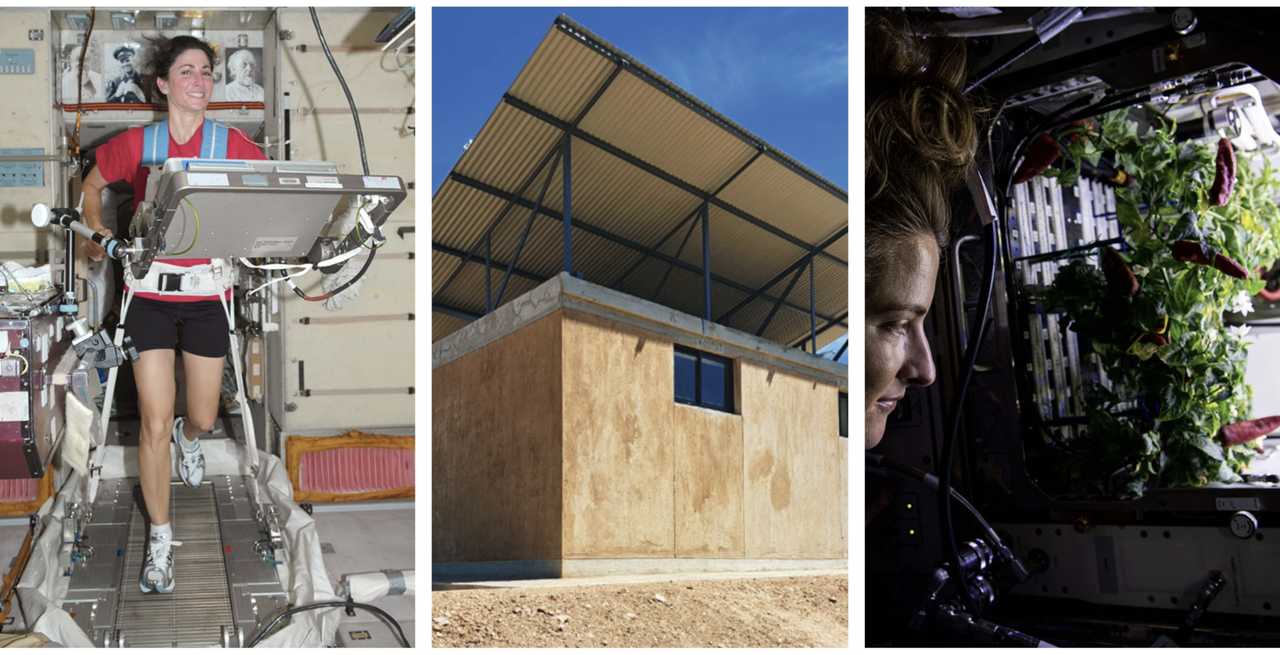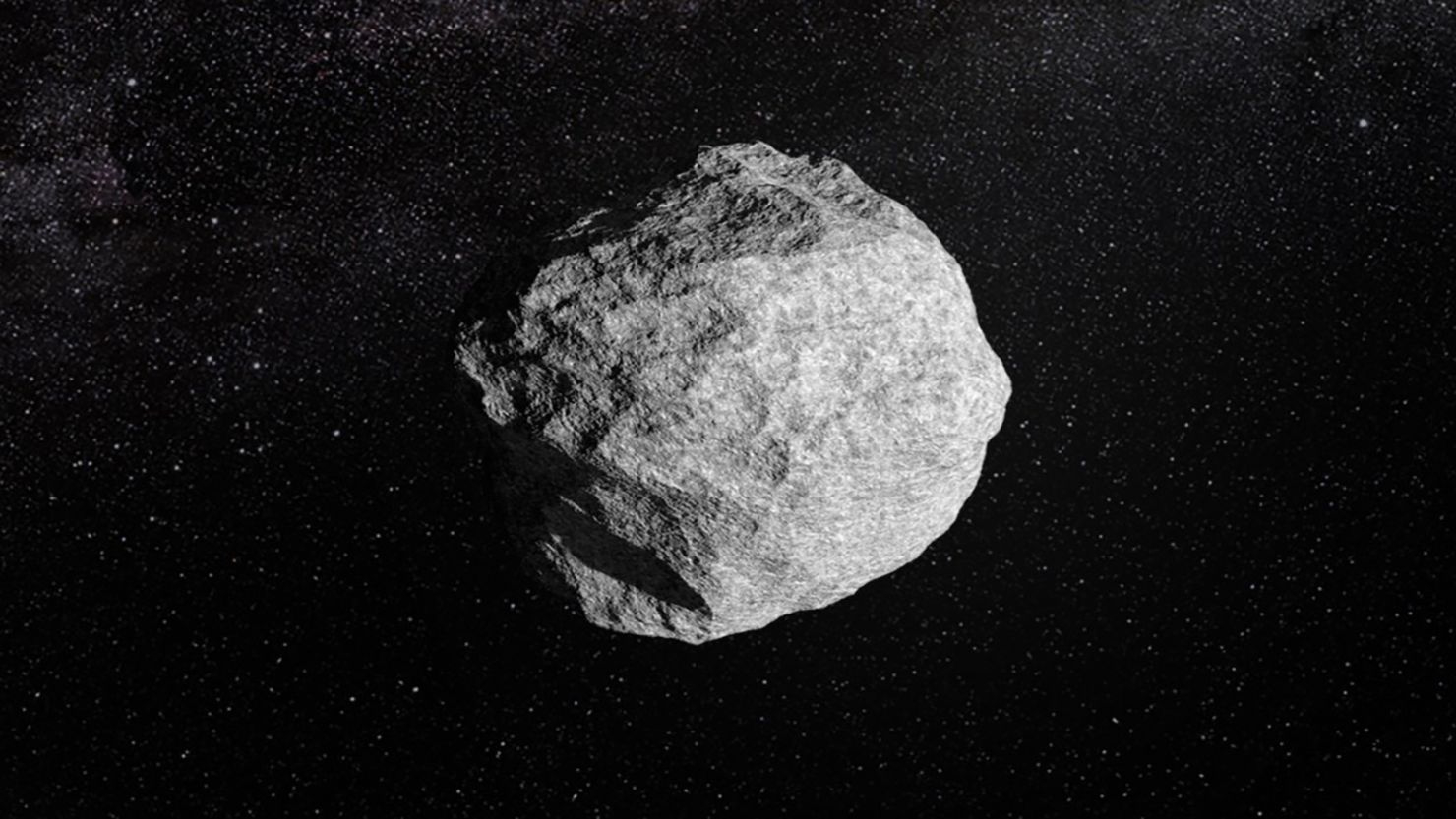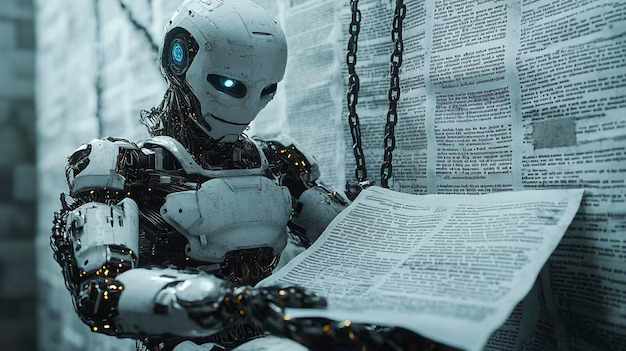How NASA’s space innovations can touch Earth

Images: NASA Spinoff 2025
Maybe the real treasure of space travel was the products we made along the way. NASA last week released its annual Spinoff publication, which highlights the agency’s technologies that successfully transfer over to the commercial sector.
Spinoff 2025 features more than 40 such examples, including:
- “Antigravity” treadmills for improving astronauts’ fitness in space, which are now used on Earth to help people with a variety of conditions run or walk for exercise (including Jeremy Renner after his snowplow accident).
- Technology for NASA to 3D-print buildings on the Moon that’s now being used to print large structures on Earth.
- Electrostatic sprayer technology to water plants without the help of gravity, now used in sanitation, agriculture, and food safety across the globe.
The space-to-Earth tech pipeline
For six decades, NASA has worked to gain more knowledge about space and its exploration. And this research has consistently bled into the commercial and medical sectors on Earth.
Many modern technologies can trace their origins back to NASA, including cell phone cameras, CAT scans, wireless headsets, freeze-dried food, scratch-resistant lenses, rechargeable hearing aids, and nutrient-enriched baby formula.
NASA’s role in these breakthroughs is no accident. When Congress established the agency in 1958, it was tasked with sharing information about its discoveries. NASA was also given the green light to patent its inventions and help businesses develop commercial uses for them.
🏌️ The agency is already teeing up next year’s list. In its Spinoff 2025, NASA also highlighted 20 additional technologies with the potential for commercialization that are currently available for companies to license.
Share this!
Recent Science & Emerging Tech stories

Science & Emerging Tech
| February 18, 2025An asteroid could hit Earth in 2032
☄️ There is a 2.6% (1-in-38) chance that an asteroid will hit Earth on December 22, 2032, according to America’s space agency. That’s up from an initial estimate of 1.2% in late January, shortly after it was discovered.

Science & Emerging Tech
| February 14, 2025Future plane travel could look like this
✈️ Airbus is aiming to take a classic English vehicle into the sky. The European aviation giant this week announced a partnership with startup Chaise Lounge to explore early-stage concepts for outfitting some of its planes with double-decker seating.

Science & Emerging Tech
| February 12, 2025The news and AI don’t mix, research indicates
😬🤖 New data from the BBC won’t help anyone with trust issues.
The British news org recently gave four prominent AI chatbots access to its site, then asked them questions about the news they “read,” prompting them to use BBC articles as sources where possible.
You've made it this far...
Let's make our relationship official, no 💍 or elaborate proposal required. Learn and stay entertained, for free.👇
All of our news is 100% free and you can unsubscribe anytime; the quiz takes ~10 seconds to complete